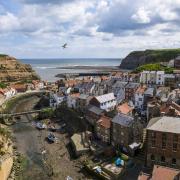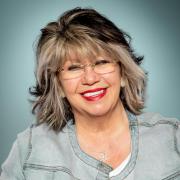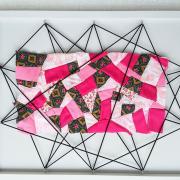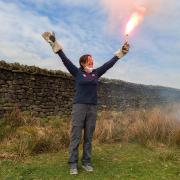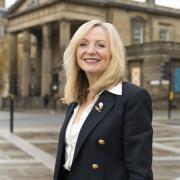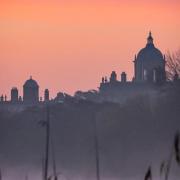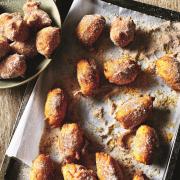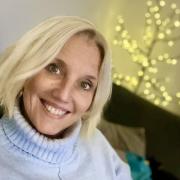Country houses in Yorkshire mark the centenary of the Great War with a series of revealing exhibitions and collections
Country houses in Yorkshire are collaborating to celebrate the centenary of the First World War with a series of exhibition throughout the county.One of the first, launched this month, is Duty Calls: The Country House in Time of War which looks at the impact of various conflicts on nine of Yorkshire’s major country houses and the experiences of owner families, servants, tenants and estate works as well as the wider communities
From March this year until October 2014 simultaneous interlinked exhibitions and programmes of events and activities brought together by the Yorkshire Country House Partnership will highlight and explore each house’s own particular circumstances, collections and stories, chronicling how these estates and communities faced the hardships of war across three centuries.
Photographs, paintings, military memorabilia and a rich selection of letters, journals, and estate papers will form the basis of the displays and trails telling poignant stories of immense courage, loss, bereavement, support and dedication. Some houses focus on personal experiences of military combat, some on how war affected the use of the house itself and the running of the estate, or the lives of those left at home, community initiatives and war work, as well as the economic and social consequences of war in the aftermath.
Houses involved in Duty Calls are Beningbrough Hall, York (National Trust); Brodsworth Hall, Doncaster (English Heritage); Castle Howard, North Yorkshire; Fairfax House, York; Kiplin Hall, Richmond; Lotherton Hall, Leeds; Newby Hall, Ripon; Nostell Priory; Wakefield (National Trust) and Sewerby Hall, Bridlington.
For more information including exhibition dates go to ychp.org.uk
Wartime notebook
• Kiplin Hall’s last owner was a remarkable woman, Bridget Talbot, who served with the Red Cross on the Italian-Austrian front during the First World War Her fiancé drowned during the war and she consequently invented a torch for life-jackets which saved the lives of many men in the Merchant Navy, Royal Navy and RAF during the Second World War. Her brother, Geoffrey, died heroically as a pilot with the Royal Naval Air Service in 1916.
• Community war work was a major focus at Brodsworth Hall especially the extensive knitting and craftwork activities across the community. The dedicated knitting of 12-year-old Amy Tyreman is remembered. Her prolific output of woollies for the boys in the trenches and at the front brought a stack of poignant letters of thanks from her grateful recipients, and medals of congratulation.
• Hidden in the Nostell Priory archive lies a cache of letters, unread for nearly a century including words written from the trenches from Rowland and Charles, the sons of Lord St Oswald. Around the same time the gamekeeper’s son Harold was writing to his wife Peg. He begins ‘Just a few lines to tell you I am still living, lovie…’ The letters describe loss, fear and uncertainty, but also the warmth of family and birth, the weather and washing days.




